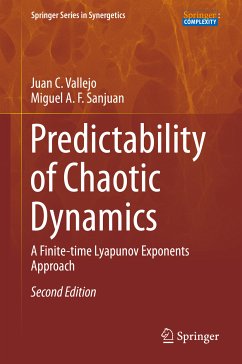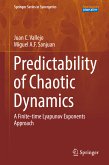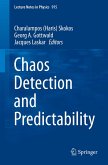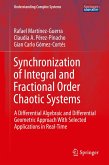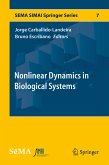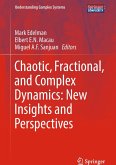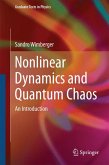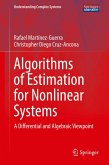This book introduces and explores precisely this link between the models and their predictability characterization based on concepts derived from the field of nonlinear dynamics, with a focus on the strong sensitivity to initial conditions and the use of Lyapunov exponents to characterize this sensitivity. This method is illustrated using several well-known continuous dynamical systems, such as the Contopoulos, Hénon-Heiles and Rössler systems. This second edition revises and significantly enlarges the material of the first edition by providing new entry points for discussing new predictability issues on a variety of areas such as machine decision-making, partial differential equations or the analysis of attractors and basins. Finally, the parts of the book devoted to the application of these ideas to astronomy have been greatly enlarged, by first presenting some basics aspects of predictability in astronomy and then by expanding these ideas to a detailed analysis of a galactic potential.
Dieser Download kann aus rechtlichen Gründen nur mit Rechnungsadresse in A, B, BG, CY, CZ, D, DK, EW, E, FIN, F, GR, HR, H, IRL, I, LT, L, LR, M, NL, PL, P, R, S, SLO, SK ausgeliefert werden.

